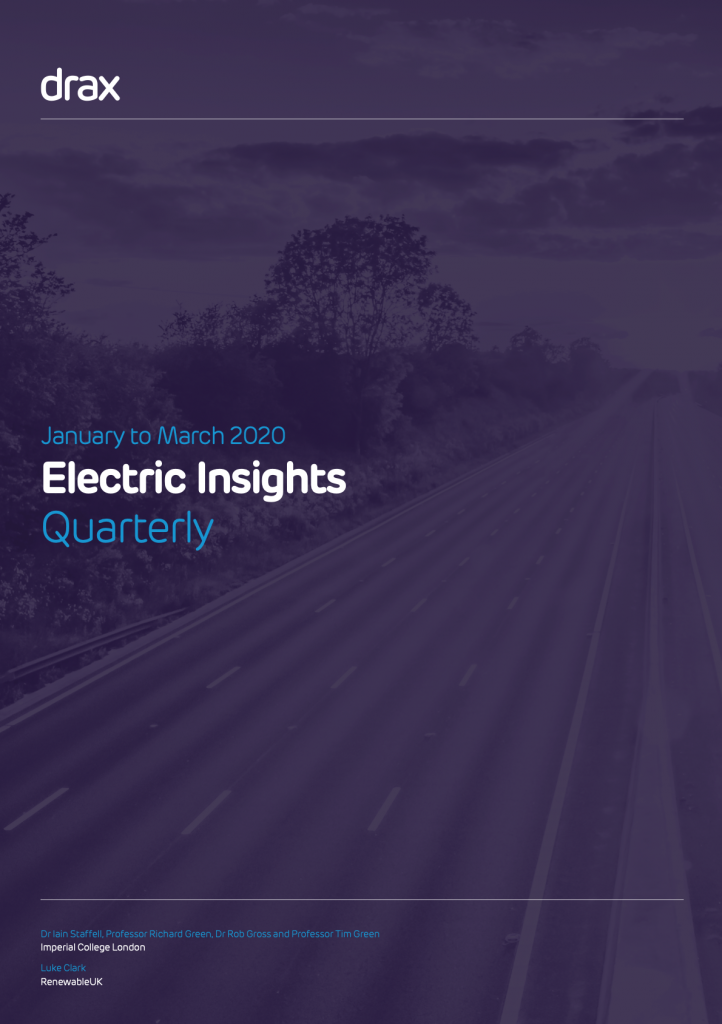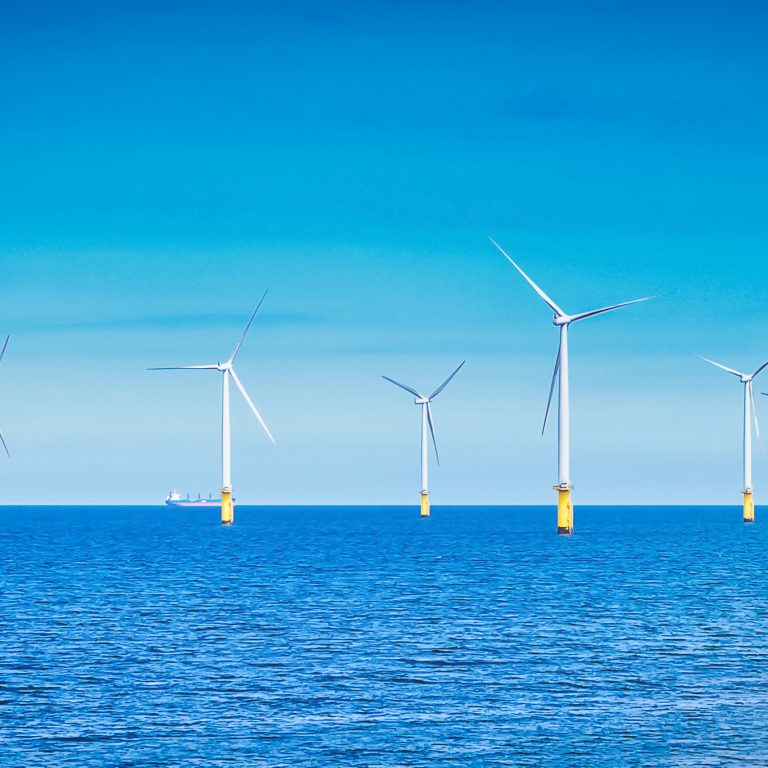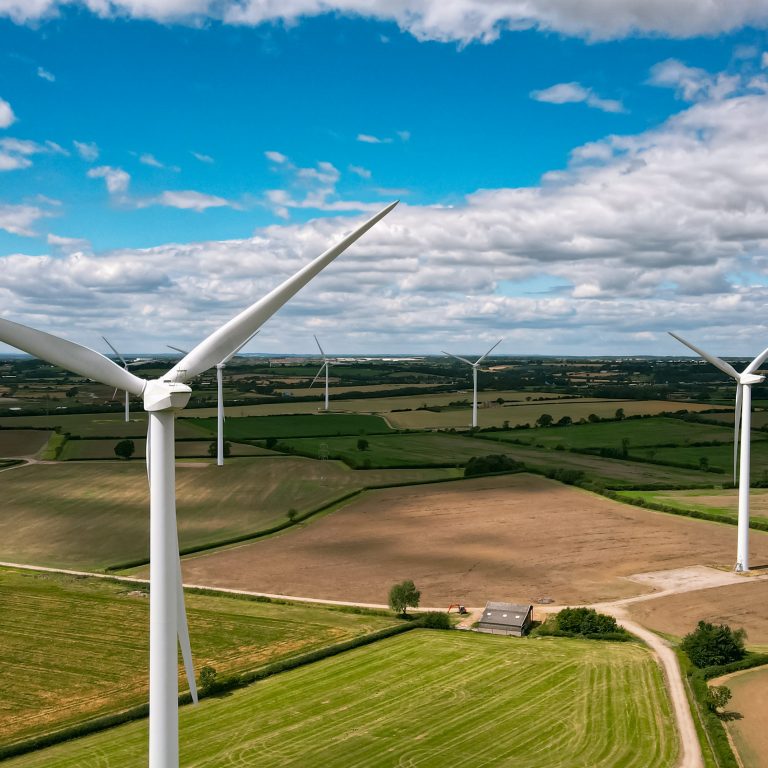On March 23rd the UK took an unprecedented move to tackle the coronavirus. Most business that had not already closed moved online, with millions of people now working from home. This had a huge impact on electricity demand: consumption on weekdays fell by 13% to its lowest levels since 1982 – a time when there were 10 million fewer people in the country, and GDP was a third lower than today.
Other regions have seen a similar collapse in electricity demand. Spain, Italy and France have all seen electricity demand fall by 10-15% according to analysis by Ember. Across the Atlantic, New York City has seen similar reductions.
Demand has fallen for a simple reason: with schools and workplaces now closed or running with a greatly reduced staff – machinery, computers, lights and heaters are not drawing power. Electric rail, tram and tube systems are also running a reduced service. On the contrary, with more people at home, household electricity consumption has increased. Octopus Energy estimate that during social distancing (before the stricter lockdown came into effect) homes were consuming up to a third more electricity, adding £20 per month to the typical bill.
The impact of lockdown on Britain’s electricity demand is much like living through a month of Sundays. The average profile for a March weekend day in previous years looks very similar to the daily profile for weekdays since lockdown begun – both in the amount of electricity consumed and the structure. Post-lockdown weekends have even lower demand, tracking 11% below weekday demand.
People no longer have to get up at the crack of dawn for work. On a typical weekday morning, demand would rise by 10 GW over two hours from 5:30 to 7:30 AM. Now it takes more than twice as long – until midday – for this rise to occur. At the other end of the day, there would normally be a small peak in demand around 8 PM from people gathering in pubs and restaurants up and down the country. Both on weekdays and weekends, demand begins falling earlier in the evening as the sofa has become the only available social venue.

With lower demand comes lower power prices. Wholesale electricity prices are typically 7% lower on Sundays than on weekdays for this reason. March saw the lowest monthly-average power price in 12 years, down one-third on this month last year. Prices were already heading downwards because of the falling price of gas, but the lockdown has amplified this, and negative prices have become commonplace during the middle of the day. There was not a visible impact on carbon emissions during the first quarter of the year, as only the last week of March was affected. However, as lockdown continued into April and May, emissions from power production in Britain have fallen by 35% on the same period last year. The effect is slightly stronger across Europe, with carbon emissions falling almost 40% as dirtier coal and lignite power stations are being turned down.
Will some of these effects persist after lockdown restrictions are eased? It is too early to tell, as it depends on what long-lasting economic and behavioural changes occur. Electricity demand is linked with the country’s GDP, which is set to face the largest downturn in three centuries. Whether the economy bounces back, or is afflicted with a lasting depression will be key to future electricity demand. It will also depend on behavioural shifts. People are of course craving their lost freedoms, many may appreciate not going back to a lengthy daily commute – and the rise of video conferencing and collaboration apps has shown that remote working may finally have come of age. With even a small share of the population continuing to work from home on some days, there could be a lasting impact on electricity demand for years to come.
Read full Report (PDF) | Read full Report | Read press release





















